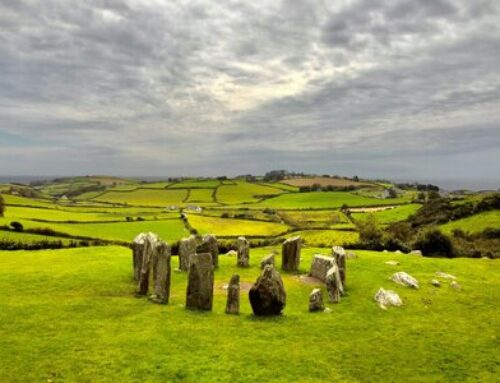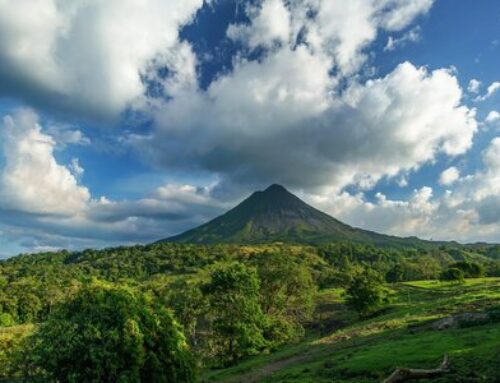Global population sizes of vertebrate species have declined by 52 percent over the last 40 years. There’s no denying that man’s destructive impact on the natural world is truly immense. However, we are slowly repairing the damage through widespread conservation projects that seek to protect vulnerable species for the future. To secure the continuity of these projects for the next generation, it’s essential we teach our own children a love of nature and commitment to conservation.
Get outside!
Whilst the theory of conservation can be taught in schools, nothing can compare to experiencing nature first-hand. Research has shown that the most direct route to caring for the environment as an adult is participating in nature activities before the age of 11. So get the kids outside and make learning about conservation fun! Here are a few ideas to engage youngsters in nature activities.
Go on nature walks
Don’t just walk…instead, arm yourself with i-spy spotting sheets, identification books, binoculars, nets and magnifying glass, and explore the wild. Introduce your child to different environments so that they can investigate a range of habitats and species. Take them to woodlands where they can hunt for bugs under decaying logs, to beaches where they can explore the wonders of tide pools, and to grasslands to marvel at the displays of summer butterflies. This will open their minds to the incredible diversity of nature.
Watch the birds
Set out bird feeders in your backyard and sit for a while with binoculars and identification book to hand. Record your sightings and keep an ongoing ‘life list’ of all the species spotted. This can be added to on each birding expedition. Try venturing to a wildlife refuge to go birding, where you can introduce the kids to bird blinds which offer the thrill of a secret look-out.
Create your own wildlife garden
Transform your backyard into a wildlife space with the help of your kids. Plant native pollen-rich plants to draw butterflies and bees, create a water feature to attract aquatic and bathing animals, and install nesting boxes and bat boxes to encourage new fauna. Let your children be the managers of their own little wildlife sanctuary and they will learn to care for plants and animals in natural surroundings.
Support conservation projects
Conservation organizations can provide useful learning resources for kids, including project ideas, games and resource packs. Take a look at the websites for the National Wildlife Federation and Children and Nature Network which offer valuable sources of inspiration to get your children involved in nature projects. And try the Sierra Club which has local chapters across the country that run child-friendly programs including trips to reserves.
See the world
Try to extend your child’s experience of nature beyond their familiar environment. Take them on international travels, such as those organized by AltruVistas, to gain first-hand experience of conservation projects in action. A visit to the Galapagos or the Amazon can open their eyes to the sheer vastness of the world’s species and habitat diversity. But if this opportunity is not available, wildlife documentaries are an appealing alternative. National Geographic offers a good range of children’s videos, and David Attenborough’s spectacular documentaries are sure to inspire fascination.
Sharing the love
As parents, we all know the importance of leading by example. By sharing your love of wildlife and by discovering nature activities together with your child, you can be certain to excite a passion that will help secure the future of our precious natural world.
——–
Get outside with Altruvistas and SEE Turtles on these upcoming conservation tours:








